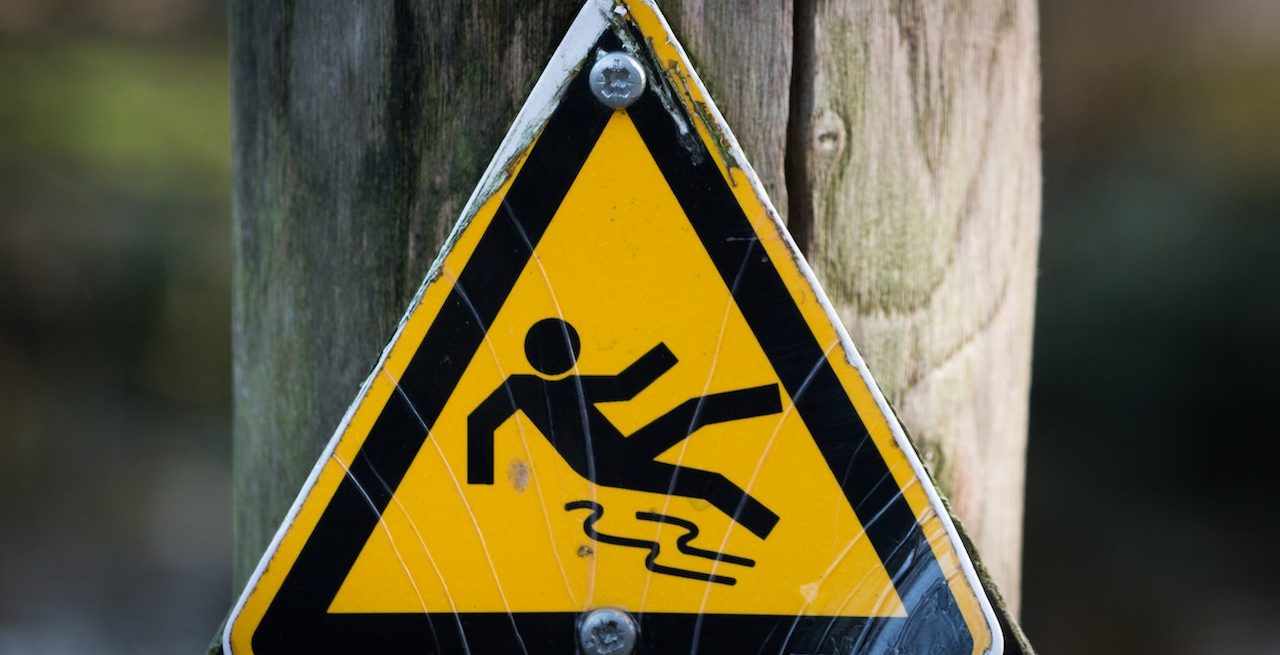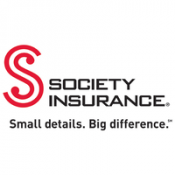Don’t Slip Up: Preventing Summer Falls at Restaurants
4 Min Read By Society Insurance
Everyone knows to be careful during the winter months when there’s snow or ice on the ground. What people often neglect to consider is that hazards still exist in the summer months, both indoors and outdoors. In fact, it’s the element of surprise that can make summer slips, trips and falls more severe than those that occur in winter.
Slips, trips and falls are the second-leading cause of employee injury nationally. In 2020, 805 workers died in falls, and 211,640 were injured badly enough to require days off of work.
Taken as a whole, it’s obvious that doing everything possible to prevent slips, trips and falls is not just a priority—it’s a necessity.
Identifying and Controlling RiskThe first step in controlling slips, trips and falls is figuring out if there’s a problem. A good place to start is by reviewing past loss history—have there been issues with slips, trips and falls in the past? Was the slip, trip or fall caused by something in particular, such as a wet or…
Sorry, You've Reached Your Article Limit.
Register for free with our site to get unlimited articles.
Already registered? Sign in!


